Nanotechnology in Medicine: The Microscopic Revolution

Nanotechnology in Medicine: An Overview
When you fuse nanotechnology with medical science, the possibilities appear endless. The implications of nanotechnology in medicine range from advanced diagnostic techniques to innovative drug delivery methods. Let’s delve into some specifics.
Drug Development and Delivery
The possibility of using Nanomedicine is causing a stir in the pharmaceutical industry. Drugs may be delivered directly to sick cells using nanoparticle technology, improving therapeutic effectiveness while reducing unwanted effects. Imagine chemotherapy drugs targeting only cancerous cells, leaving healthy ones untouched!
Diagnostic Advancements
Nanotechnology in medicine isn’t restricted to treatment alone. It’s elevating diagnostic methods to new heights. Nanoparticles are now designed to identify and bind to specific disease markers, allowing early and precise detection of conditions from cancers to infectious diseases.
Tissue Repair and Regeneration
The field of regenerative medicine is experiencing a renaissance courtesy of Nanomedicine. With the use of nanofibers and nano scaffolds, there is immense potential to guide tissue regeneration and even organ repair.
Noteworthy Innovations
The real-world applications of nanotechnology in medicine are nothing short of groundbreaking.
Targeted Cancer Therapies
Conventional cancer treatments can be highly aggressive, affecting diseased and healthy cells. However, with the onset of Nanomedicine, targeted drug delivery systems are being developed. These are designed to transport chemotherapy drugs directly to tumor cells, sparing healthy tissues.
Neurological Applications
The complexities of the human brain have long posed a challenge for medical interventions. With its intricate structures and the blood-brain barrier, the brain has remained relatively impervious to many traditional therapeutic methods. This is where the revolutionary capabilities of nanotechnology in medicine step in, offering hope and novel solutions for neurological disorders.
Overcoming the Blood-Brain Barrier
Delivering therapeutic medications across the blood-brain barrier (BBB) has been one of neurology’s biggest hurdles. The BBB is a barrier that stops potentially dangerous compounds from entering the brain. However, this also means many potentially beneficial drugs can’t reach the brain. Nanotechnology in medicine provides a potential solution. Nanoparticles can be engineered to bypass this barrier, ensuring targeted drug delivery directly to affected brain regions.
Neural Implants and Prosthetics
Nanotechnology holds promise in the development of neural implants and prosthetics. These tiny tools may help paralyzed people regain their ability to walk or even help people with Alzheimer’s or other dementia remember things better. These gadgets can deliver more accuracy and lower the possibility of adverse consequences by interacting directly with neuronal networks at the nanoscale.
Neuroregeneration
Examples of degenerative neurological illnesses that feature the slow loss of neuronal structures and functioning are Parkinson’s disease and multiple sclerosis. Neuroregeneration may be aided by the application of Nanomedicine. Nanoparticles can deliver growth factors or other regenerative agents directly to damaged areas, encouraging the repair or growth of new neural pathways.
Diagnostics and Imaging
Early diagnosis is crucial in managing neurological disorders. Nanomedicine offers enhanced imaging techniques, providing more transparent, more detailed pictures of brain structures. Nano-sized contrast agents can provide sharper MRI images or even illuminate specific cellular systems, allowing for early detection and treatment of conditions like brain tumors.
Future Prospects: Nanobots and Beyond
Imagine tiny robots navigating the brain, repairing damaged structures, or neutralizing pathogens. While still in the conceptual stage, nanobots represent the exciting potential of nanotechnology in medicine. These bots could be programmed for many tasks, from cleaning up plaque associated with Alzheimer’s to correcting genetic mutations causing neurological disorders.
Conclusion
The application of Nanomedicine has enormous potential for neurology, given its unique problems. Even though the voyage has just begun, the prospects are exciting and bright. As research advances, more excellent knowledge of the human brain and groundbreaking therapies may be made possible through the fusion of nanotechnology and neurology.
Rate us our Post (Nanotechnology in Medicine: The Microscopic Revolution)How much do you like our Article








